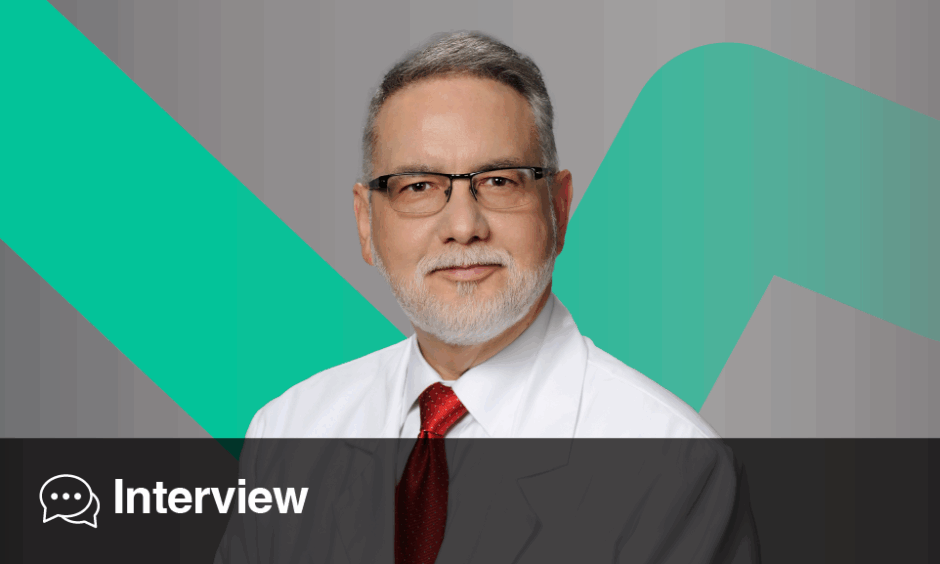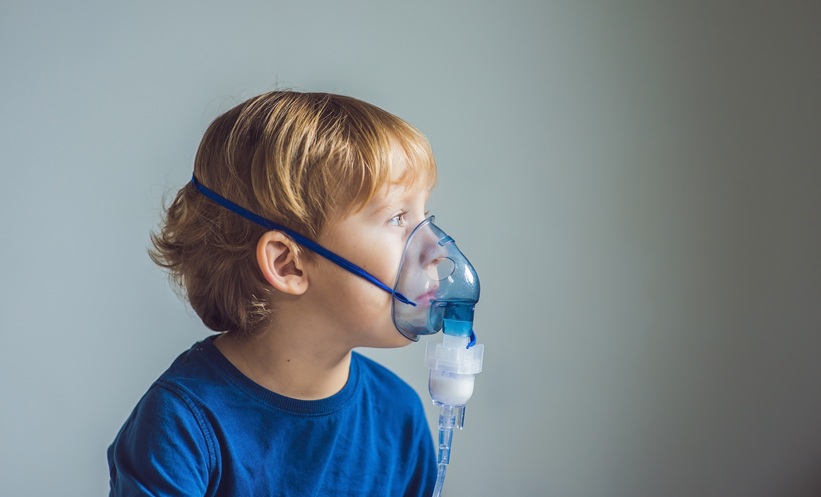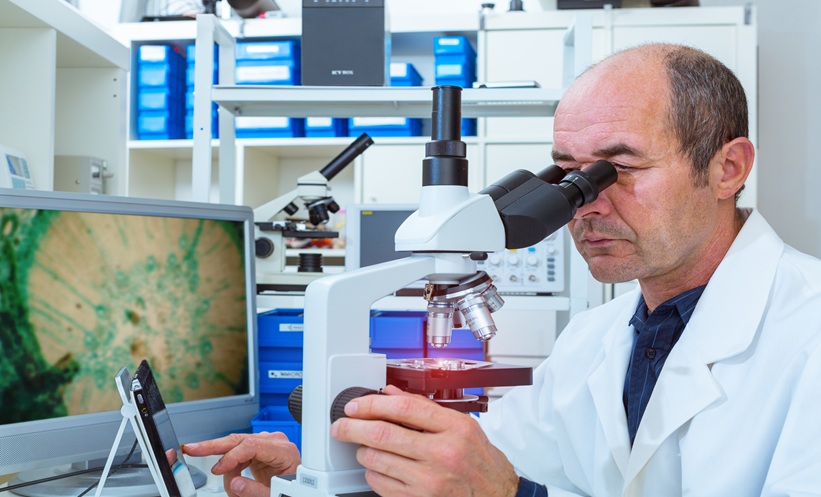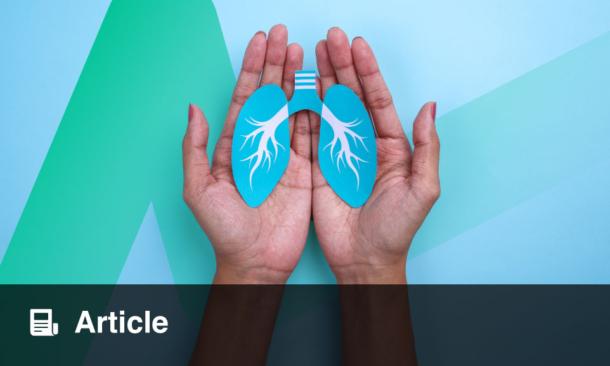Jesse Roman | Secretary, American Thoracic Society (ATS); Ludwig A. Kind Professor of Medicine, Thomas Jefferson University; CEO, Jane & Leonard Korman Respiratory Institute; Philadelphia, Pennsylvania
Citation: Respir AMJ. 2025;3[1]:83-85. https://doi.org/10.33590/respiramj/LTUX6056
![]()
As CEO of the Jane & Leonard Korman Respiratory Institute of Jefferson Health and National Jewish Health, Philadelphia, Pennsylvania, how do you approach integrating academic, clinical, and translational goals within a large health system?
In my view, the best patient care enterprises are those that efficiently integrate research and education. In following the Flexnerian Model, academic centers can provide multidisciplinary, patient-centered care while educating the next generation of providers and partnering with patients to engage in clinical or translational research. Over the years, more and more attention has been given to the clinical enterprise, which may dilute other missions, especially in large and complex healthcare systems. Nevertheless, many centers continue to excel across all missions through clear vision and leadership alignment. This, paired with the recruitment of faculty who are committed to the broader vision and excited about participating in diverse activities, fosters such an environment.
Consequently, my approach is to integrate these goals by: ensuring that leadership and faculty are aligned in their commitment to all three missions of the academic model (patient care, education, and research); developing specialized clinical programs that incorporate all three missions; and establishing partnerships both inside and outside the organization to advance the mission. Such efforts require careful consideration of space requirements, laboratory utilization, and other resources.
How have your leadership positions at such institutions shaped your approach to patient care and research?
I have been involved in patient care, education, and basic and clinical research since very early on in my career. This has given me an insight into the benefits of integrating patient care, education, and research in the same setting. The opportunity to observe how mentors and other leaders approached challenges has been invaluable, and every post I have served in has added skills to my toolbox.
I am most proud of having been able to do this work at private and public organizations in different states. This suggests that partnering with leadership, patients, and other stakeholders to establish effective programs is possible in all types of organizations, as long as there is a united vision, resources, and will.
A unified vision, careful planning, and frequent communication at all levels are important.
Your work in lung tissue remodeling has spanned decades. What advances are you most focused on right now?
Nearly every lung disease that we treat is associated with tissue remodeling. For example, emphysema is characterized by destruction of the alveolar walls, while pulmonary fibrosis is associated with aberrant deposition of excess connective tissue matrices. These are only two examples of several disorders that are characterized by erosion of the normal lung architecture leading to the loss of lung function. My work has focused on the factors that trigger fibroblast activation and uncontrolled expression of connective tissue matrices (e.g., fibronectin, collagens, etc.) in various settings. We have also worked on how cells recognize these newly deposited matrices through integrin receptors capable of signal transduction. These studies have emphasized the importance of such interactions and how they might drive disease progression.
Many of these efforts have been directed at defining the pathways leading to lung disorders; however, most patients do not develop lung disease. This suggests that there are counter regulatory mechanisms that prevent disease development, and such mechanisms need to be better delineated and utilized for the development of preventive strategies. In addition, we should take advantage of knowledge about tissue remodeling to generate useful biomarkers capable of predicting disease progression and therapy response. These biomarkers should help reduce the cost and duration of clinical trials. Finally, we need to identify novel targets for intervention that help halt, and potentially reverse, disease progression. Learning more about the aging process and the interactions between immunity and remodeling, as well as taking advantage of new basic science and AI techniques, should drive progress in the field.
Having been a member of the American Thoracic Society (ATS) since 1988, what have been the biggest changes you’ve seen in the Society during this time?
The ATS remains the premier international society focusing on respiratory health, sleep medicine, and critical care. I have seen the organization grow in members and mission over the past 37 years. Not only does the organization address the needs of Americans, but it also engages in addressing global challenges related to climate change, pollution, and infectious diseases such as tuberculosis. It has also invested in enhancing the infrastructure for research in low- and middle-income countries through its Methods in Epidemiologic, Clinical, and Operations Research (MECOR) program. The organization’s involvement in discovery through research is also evident, having invested over 20 million USD in the past two decades to fund early career researchers, with a great return on investment based on discoveries, publications, and faculty development. Finally, I am most proud of its efforts in advocacy.
Each of these efforts was limited in scale early on, but they have grown significantly. The ATS has expanded its missions, which has led to greater complexity and the need for more resources. Importantly, this growth has attracted volunteers and members to the organization which, in turn, have found ways to channel their talents to advance our goals.
What were your standout moments at this year’s ATS International Conference?
As I get older, I tend to enjoy lectures that describe new medical knowledge alongside personal or historical information. The Amberson Lecture was very moving, as were those delivered at the Diversity and Women’s Forums. The panel presentations on homelessness and air pollution were also terrific.
Moreover, the international conference is known for providing a platform for the announcement of new discoveries. Presentations related to novel interventions approaching clinical application for the management of COPD, bronchiectasis, asthma, and pulmonary fibrosis, among others, were truly exciting. The lectures given by this year’s Research Recognition Awardees gave us a window into the enormous talent of our investigators and how they continue to shape our understanding of the lungs. Finally, my favorite aspect of the ATS International Conference has always been meeting with colleagues, friends, and global leaders focused on the same goals. I have known these people for years, and witnessing their evolution as providers, educators, investigators, and leaders has been a source of great learning and satisfaction.
How can early career professionals make the most out of large meetings like the ATS International Conference?
The ATS places major emphasis on early career professionals, as demonstrated by the research funding it provides, the travel support for trainees, and the countless opportunities to participate in committees, poster presentations, and oral presentations at the international conference. The conference may seem daunting to newcomers, as hundreds of presentations and activities are held; thus, I recommend that early career professionals identify a conference “mentor”, someone who has participated in the conference and can ensure that they have an enjoyable and productive meeting. I also recommend that early career professionals start by joining one of the several ATS Assemblies. There, they can meet people with similar interests, learn about the activities, and identify opportunities for engagement.
Looking ahead to your upcoming presidency in 2027–2028, what does this role mean to you, and what impact do you hope to have?
The ATS became my professional home early on in my career. I owe much of my career to this organization and the ATS members who provided me with invaluable support. I will be working with my colleagues on the Executive Committee and the Board to further expand our mission by enhancing our research portfolio, advancing educational opportunities, expanding the reach of our journals, and developing alliances with like-minded organizations and patient advocacy groups. Importantly, we must continue to support advocacy efforts, both locally and nationally, during this time of uncertainty. Finally, it is safe to say that the strength of the ATS lies in its diverse and talented membership. We must continue to find new ways to tap into that talent, as it provides the energy that fuels our efforts.








